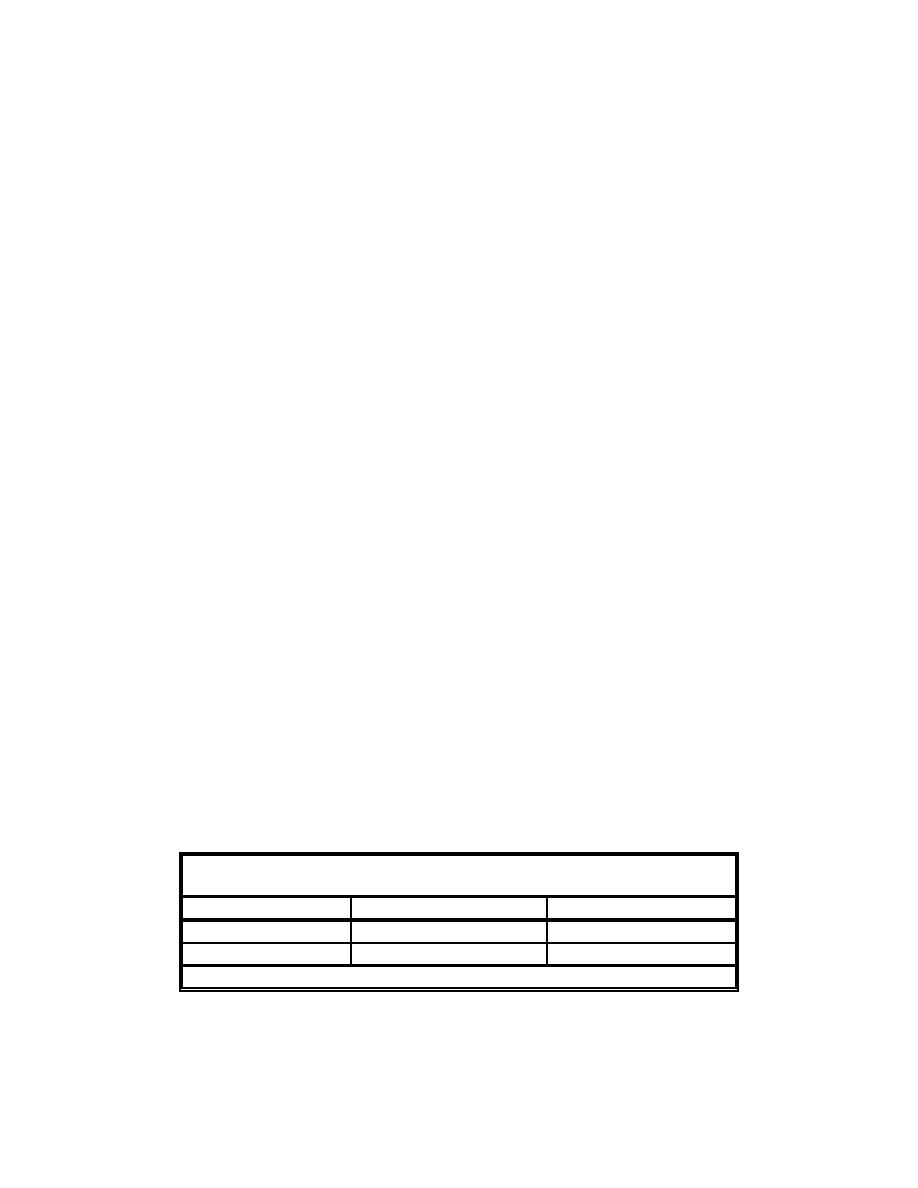
Initially, waves were transformed to a water depth of 10 m (33 ft). If maxi-
mum significant wave height during the typhoon exceeded 4 m (13 ft) (0.4 times
the water depth), WAVTRAN was rerun to transform to a deeper nearshore
depth. Nearshore depth was increased in 5-m (16-ft) increments until maximum
significant wave height during the storm was less than 0.4 times the depth or
until the nearshore depth reached 30 m (98 ft). This transformation approach is
expected to produce realistic incident significant wave heights for calculation of
nearshore processes.
Water Level Over Reef
Wave setup on reefs occurs due to overtopping of waves onto the reef
platform. As waves break on the reef, water is deposited causing an elevated
water level, which is typically referred to as ponding over the reef. Seelig (1983)
conducted a set of laboratory experiments for fringing reefs typical of Guam to
investigate hydraulics of reef-lagoon systems. Seelig's formulations were applied
in this study. Parameter ranges in Seelig's study were: still-water depth at the
reef crest was 0 m (0 ft) and 2 m (6.6 ft); wave periods ranged from 8 to 16 sec;
and irregular deepwater significant wave height ranged from 2.5 to 10.7 m (8.2
to 35.1 ft). These conditions are representative of the typhoon events impacting
Cabras Island.
Seelig (1983) found that the ponding water level is a function of the swl
(astronomical tide and storm surge), incident deepwater significant wave height,
and wave period. Gourlay (1996) confirmed these findings. Contributions to the
ponding level include waves breaking on the reef, but do not include setup from
reformed waves at the shoreward end of the reef. Ponding level can be estimated
by (Seelig 1983)
(
)
η = a1 + a2 log H 0 T
2
(27)
where η is the ponding level in m, H0 is the deepwater significant wave height in
m, T is the wave period in sec, and a1 and a2 are empirical coefficients dependent
on the swl and wave spectrum (monochromatic or irregular). Table 7 gives
values of the empirical coefficients for irregular waves.
Table 7
Ponding Level Coefficients for Irregular Waves (Seelig 1983)
Depth, m (ft)
a1
a2
0 (0)
-0.92
0.77
2 (6.6)
-1.25
0.73
Note: Depth measured relative to reef crest; coefficients are based on SI units.
38
Chapter 5
Development of Overtopping and Stage-Frequency Relationships



 Previous Page
Previous Page
